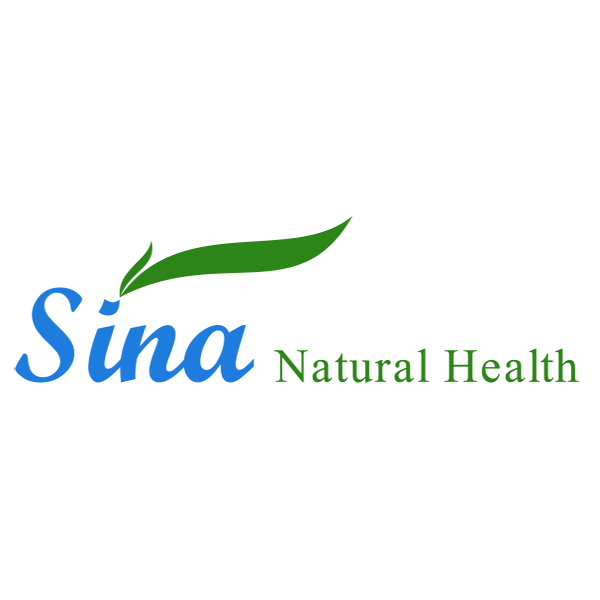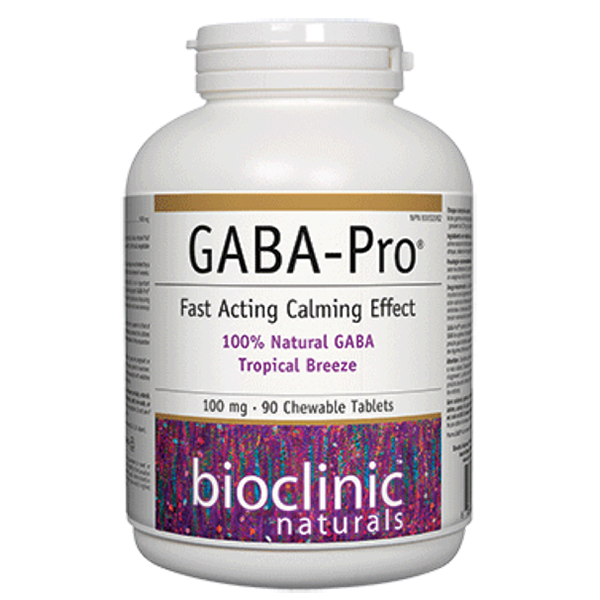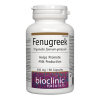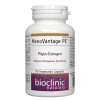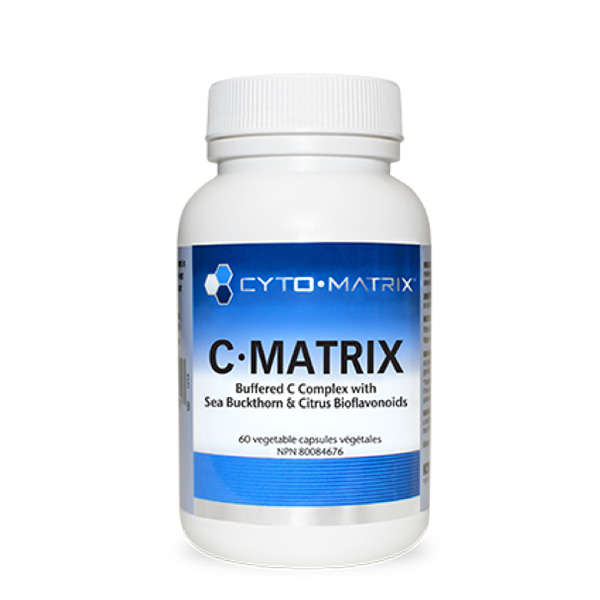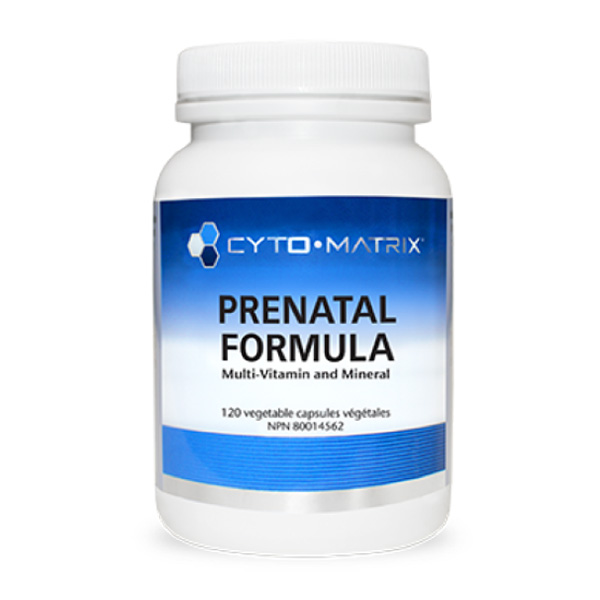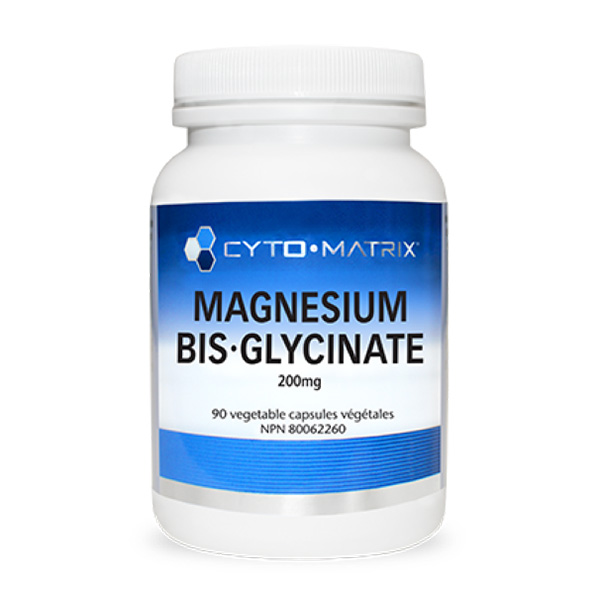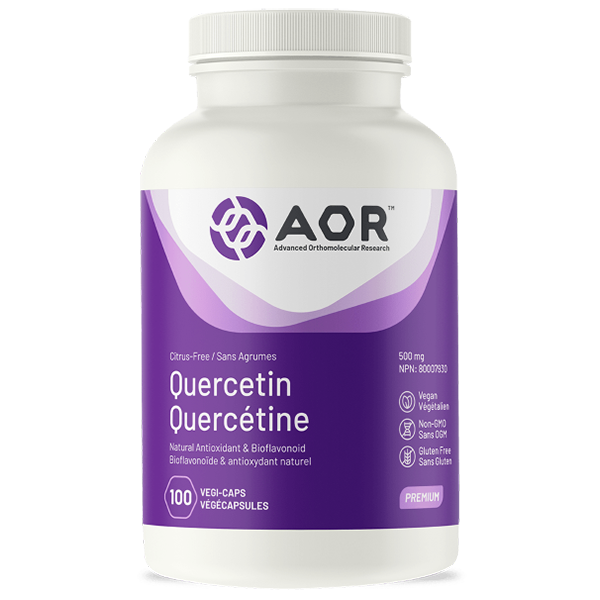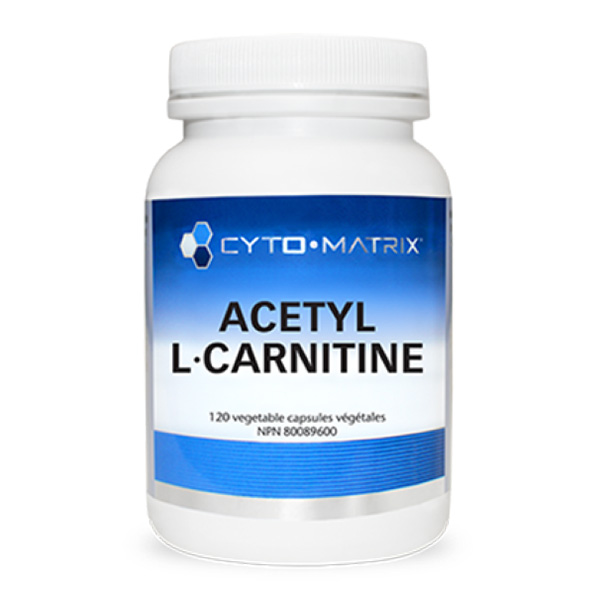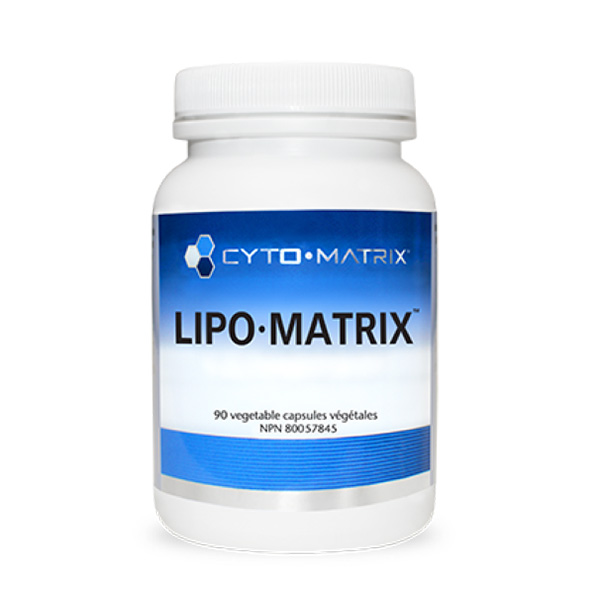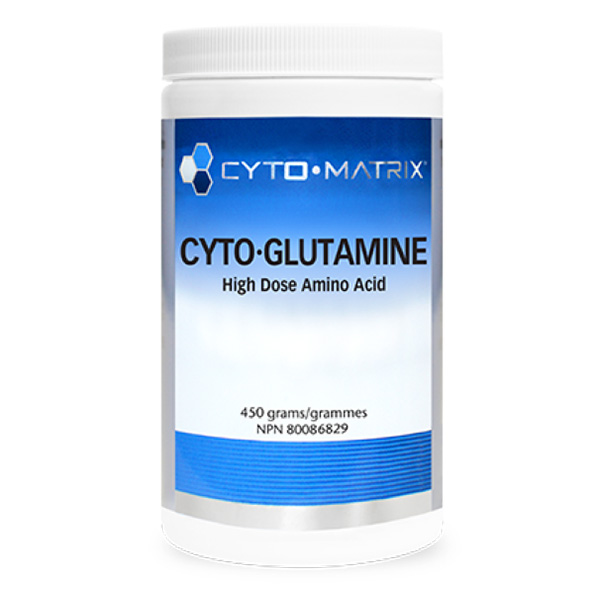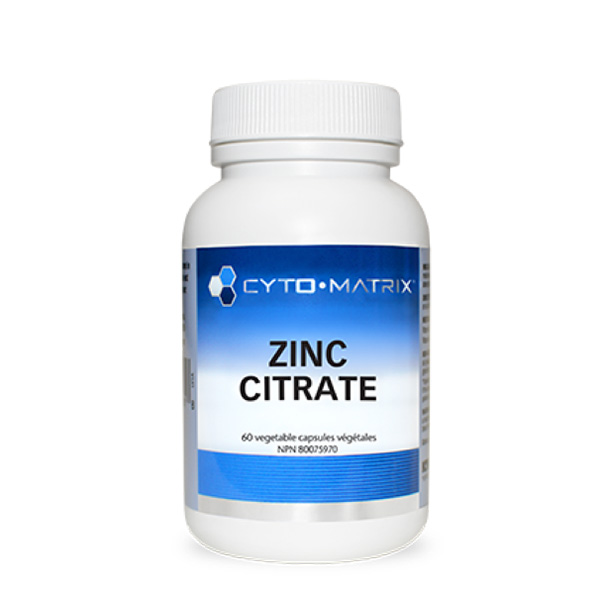Bioclinic – GABA-Pro

$36.99
Fast Acting Calm Effect – Tropical Breeze
90 Chewable Tablets Tropical Breeze ( SKU: 9283, NPN: 80052082 )
In stock
Benefits
- Uses Pharma GABA™, a naturally sourced form of GABA
- Naturally manufactured via a fermentation process that uses Lactobacillus hilgardii, the bacterium used to ferment vegetables in the preparation of kimchi, the traditional Korean dish
- Improves calmness and relaxation from daily stress, eases nervous tension, and reduces the negative effects of caffeine consumption, without causing drowsiness
- Fast acting – effects can be felt in as little as five minutes and can last from four to six hours1
- Generally recognized as safe (GRAS) status in the United States
- Delicious tropical fruit-flavoured chewable tablet • Suitable for vegetarians/vegans
Feature Summary
Medicinal Ingredients
| Each Tablet Contains: | |
| Gamma-Aminobutyric Acid (GABA) | 100 mg |
| (from 129 mg Pharma GABATM 80 Complex) |
Non-Medicinal Ingredients
Xylitol, stearic acid, hydroxypropylcellulose, silica, natural tropical fruit flavour (banana, pomegranate, pineapple, mango, passionfruit, orange, tangerine, mandarin), citric acid, vegetable grade magnesium stearate (lubricant).
Allergens:
Contains no artificial colours, preservatives, or sweeteners; no dairy, starch, wheat, gluten, soy, egg, fish, shellfish, animal products, salt, tree nuts, or GMOs. Suitable for vegetarians/vegans.
Recommended Use:
Recommended Adult Dose: Chew 1–2 tablets 3 times per day or as directed by a health care practitioner. Consult a health care practitioner for use beyond 4 weeks.
Contraindications
Drug Interactions
No known drug interactions have been documented; however, a theoretical concern exists for interaction with CNS depressants, and GABA may decrease blood pressure in people with hypotension, including those taking hypotensive agents.
- Abdou, A.M., Higashiguchi, S., Horie, K., et al. (2006). Relaxation and immunity enhancement effects of gamma aminobutyric acid (GABA) administration in humans. Biofactors, 26, 201-208.
- 2Gajcy, K., Lochyñski, S., &Librowski T. (2010). A role of GABA analogues in the treatment of neurological diseases. Current Medicinal Chemistry, 17(22), 2338-2347.
- Kendell, S.F., Krystal, J.H., &Sanacora, G. (2005). GABA and glutamate systems as therapeutic targets in depression and mood disorders. Expert Opinion on Therapeutic Targets, 9, 153-168.
- Nemeroff, C.B. (2003). The role of GABA in the pathophysiology and treatment of anxiety disorders. Psychopharmacology Bulletin, 37, 133-146.
-
Yoto, A., Murao, S., Motoki, M., et al. (2012). Oral intake of aminobutyric acid affects mood and activities of central nervous system during stressed condition induced by mental tasks.
Amino Acids, 43(3), 1331-1337. - Yang, Y., Koh, D., Ng, V., et al. (2002). Self perceived work related stress and the relation with salivary IgA and lysozyme among emergency department nurses. Occupational &Environmental
Medicine, 59(12), 836-841. - Walsh, J.K., Salkeld, L., Knowles, L.J., et al. Treatment of elderly primary insomnia patients with EVT 201 improves sleep initiation, sleep maintenance, and daytime sleepiness. Sleep Medicine,
11(1), 23-30. - Lundahl, J., Staner, L., Staner, C., et al. (2007). Short-term treatment with gaboxadol improves sleep maintenance and enhances slow wave sleep in adult patients with primary insomnia.
Psychopharmacology (Berl), 195(1), 139-146. - Yamatsu, A., Yamashita, Y., Panharipande, P., et al. (2016). Effect of oral gamma-aminobutyric acid (GABA) administration on sleep and its absorption in humans. Food Science and Biotechnology,
25(2), 547-551. - Fujibayashi, M., Kamiya, T., Takagaki, K., et al. (2008). Activation of autonomic nervous system activity by the oral ingestion of GABA. Journal of Japan Society of Nutrition and Food Sciences,
61, 129-133.
Related Documents
| Weight | 0.1 kg |
|---|
